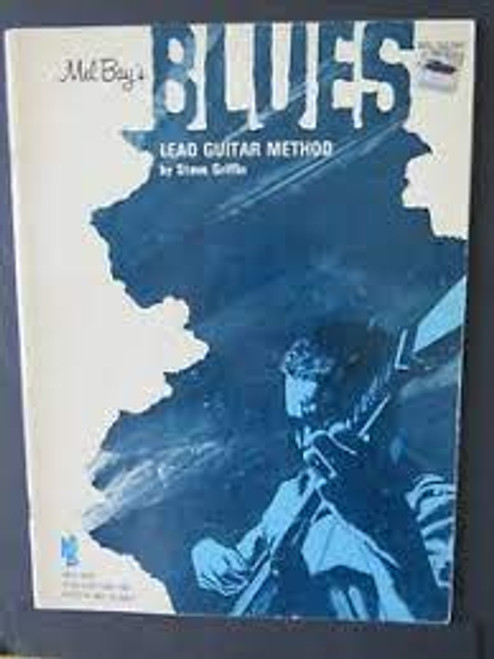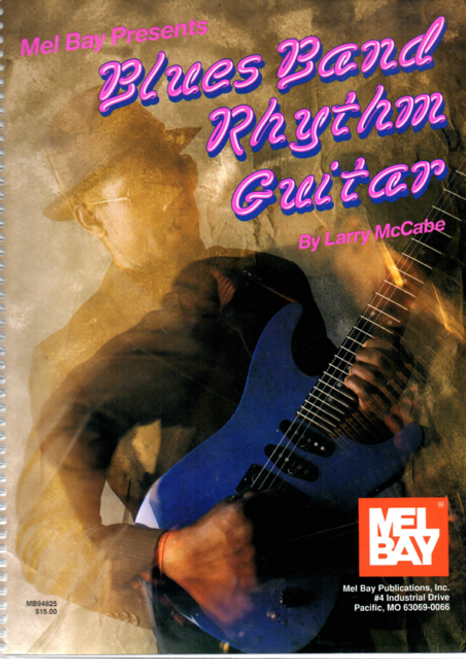One of the all-time best selling books on blues lead guitar playing. Playing lead blues-rock guitar depends on mainly two things: 1) what you can hear in your mind, and 2) getting your fingers to the proper sounds on your instrument. This book was written with emphasis on the second idea. There are four blues-rock finger patterns used in this book utilizing all six strings of the guitar with each pattern. These four patterns connect with each other enabling the lead player to use the entire fingerboard and range of the guitar to express his musical ideas. Charts are used to show you how to place these four patterns at the proper place on the neck for improvising in any key. Great rock solos can be played in any one of these for patterns or in any combination of the patterns. Written in box diagram and tablature form (notation also included), this fine text takes the beginning guitarist into solid, funk/rock lead solo playing.
Reading Tablature
Guitar Fingerboard
Introducing Blues Scale 1 in Notes and Tablature
Lead Solo Using Blues
Another Solo Using Only Notes From Blues Scale
Rhythm Guitar Chords
Technique of Bending
Bending Solo
Slide Technique
Slide Solo
Vibrato Technique
Solo Using Vibrato
Technique of Double Notes
Solo Using the Double Note Technique
Constructing A Blues-Rock Solo
Blues Scale Patterns I, II, III, and IV
Pattern Positioning
Key Study
The Use of Reference Charts
Practicing Vertically
Practicing Horizontally
Reference Charts
Key of F Major and F minor
Key of F# (Gb) Major and F# minor
Key of G Major and G minor
Key of Ab Major and Ab (G#) minor
Key of A Major and A minor
Key of Bb Major and Bb (A#) minor
Key of B (Cb) Major and B minor
Key of C Major and C minor
Key of C# (Db) Major and C# minor
Key of D Major and D minor
Key of Eb Major and Eb (D#) minor
Key of E Major and E minor
Playing Lead Patterns with Chords
Foreign Chords
Two Ways to Move Into A Foreign Chord
Passing Tones
Additional Solos and Instructional Material







